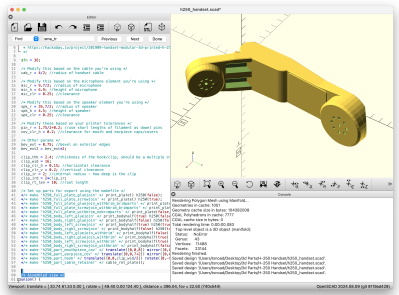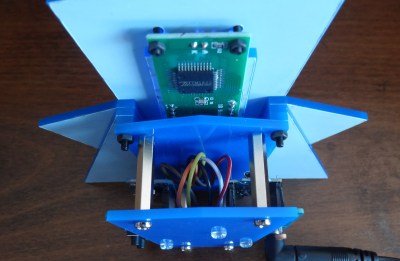
Being able to 3D print FDM objects in more than one color is a feature that is rapidly rising in popularity, assisted by various multi-filament systems that allow the printer to swap between differently colored filaments on the fly. Naturally, this has the disadvantage of being limited in the number of colors, as well as wasting a lot of filament with a wipe tower and filament ‘poop’. What if you could print color on the object instead? That’s basically what the community-made PolyDye project does, which adds an inkjet cartridge to an existing FDM printer.
In the [Teaching Tech] video the PolyDye technology is demonstrated, which currently involves quite a few steps to get the colored 3D model from the 3D modelling program into both OrcaSlicer (with custom profile) and the inkjet printing instructions on the PolyDye SD card. After this the 3D object will be printed pretty much as normal, just with each layer getting a bit of an ink shower.
Although it could theoretically work with any FDM printer, currently it’s limited to Marlin-based firmware due to some prerequisites. The PolyDye hardware consists of a main board, daughter board, printed parts (including inkjet cartridge holder) and some wiring. A Beta Test unit is available for sale for $199, but you should be able to DIY it with the files that will be added to the GitHub project.
Even for a work-in-progress, the results are quite impressive, considering that it only uses off-the-shelf translucent filament and inkjet cartridges as consumables. With optimizations, it could give multi-filament printing a run for its money.
Continue reading “Full Color 3D Printing With PolyDye And Existing Inkjet Cartridges”



















